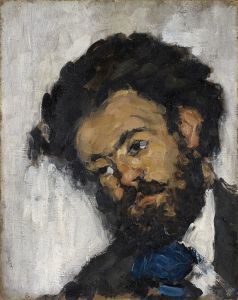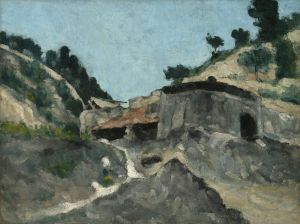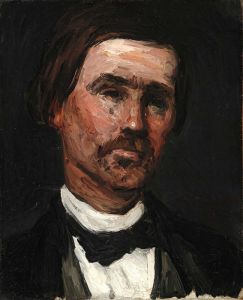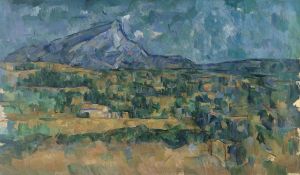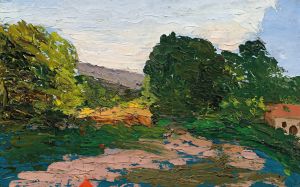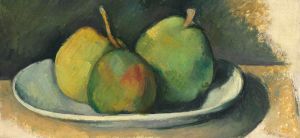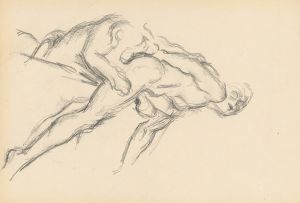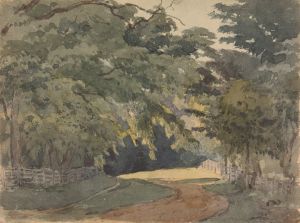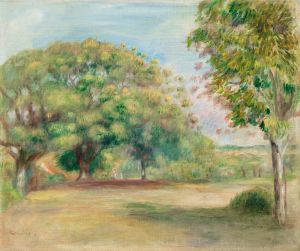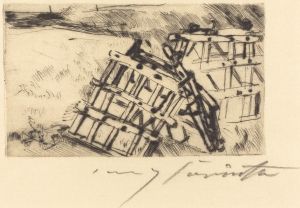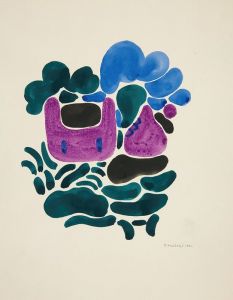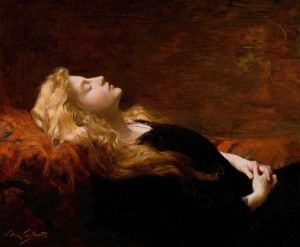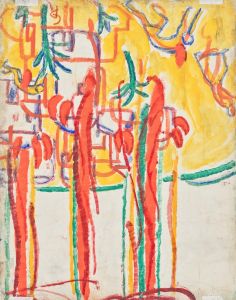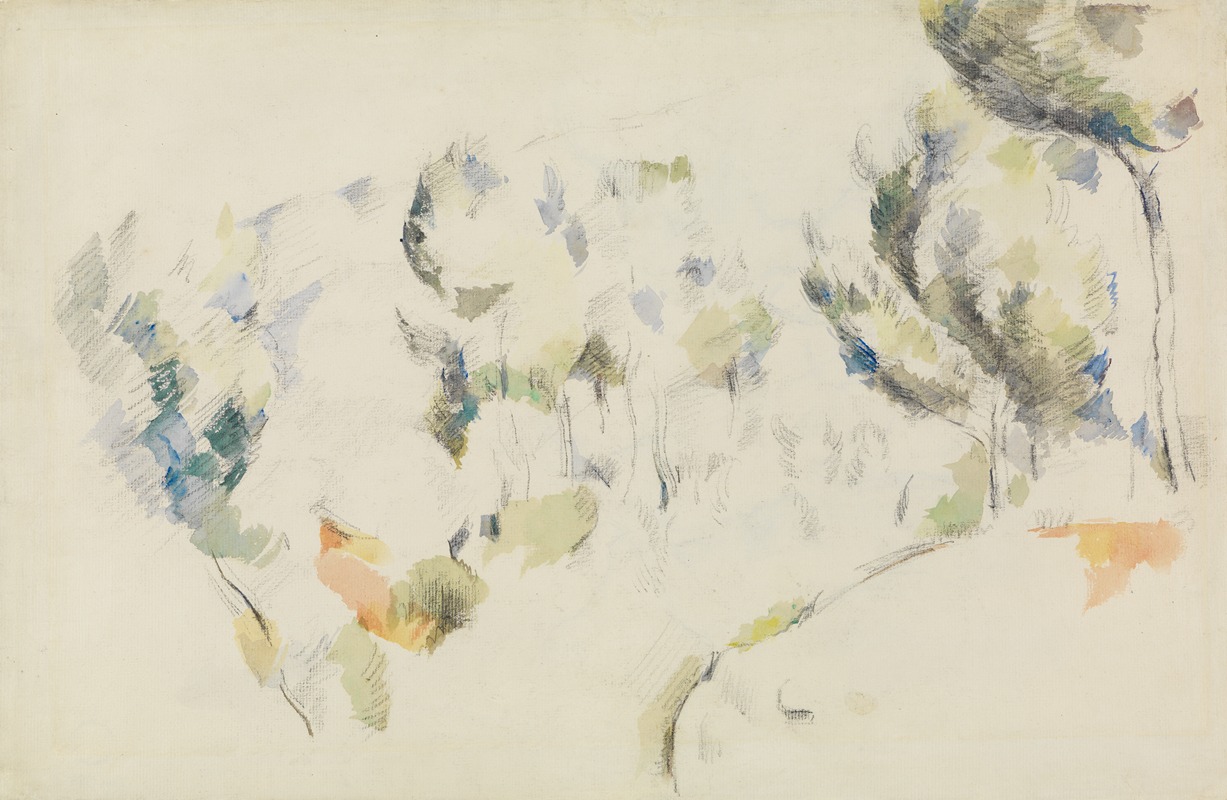
Senke mit Bäumen
A hand-painted replica of Paul Cézanne’s masterpiece Senke mit Bäumen, meticulously crafted by professional artists to capture the true essence of the original. Each piece is created with museum-quality canvas and rare mineral pigments, carefully painted by experienced artists with delicate brushstrokes and rich, layered colors to perfectly recreate the texture of the original artwork. Unlike machine-printed reproductions, this hand-painted version brings the painting to life, infused with the artist’s emotions and skill in every stroke. Whether for personal collection or home decoration, it instantly elevates the artistic atmosphere of any space.
Paul Cézanne, a pivotal figure in the transition from 19th-century Impressionism to 20th-century Cubism, is renowned for his unique approach to form and color. However, there is no widely recognized painting titled "Senke mit Bäumen" by Paul Cézanne. It is possible that there might be a misunderstanding or misinterpretation of the title, as Cézanne's works are primarily cataloged under French or English titles.
Cézanne's oeuvre includes a variety of landscapes, still lifes, and portraits, each characterized by his distinctive brushstrokes and use of color to convey depth and structure. His landscapes often depict the rural areas of Provence, where he spent much of his life. These works are celebrated for their innovative use of perspective and form, which laid the groundwork for the development of modern art.
One of Cézanne's most famous series is the "Mont Sainte-Victoire" paintings, which capture the mountain near his home in Aix-en-Provence. These paintings exemplify his method of building form with color and his departure from the traditional perspective. Cézanne's technique involved breaking down objects into geometric shapes and using color to create a sense of volume and space, a method that would later influence artists like Pablo Picasso and Georges Braque in the development of Cubism.
Cézanne's still lifes, such as "Still Life with Apples" and "The Basket of Apples," are also significant. In these works, he challenges the conventional representation of space and form, using color contrasts and brushstrokes to create a dynamic composition. His approach to still life painting was revolutionary, as he treated the objects with the same importance as figures in a portrait, emphasizing their form and the space they occupy.
In portraits, Cézanne often painted his family members and close acquaintances. His portraits are noted for their introspective quality and the way he captures the essence of his subjects through his distinctive style. The "Portrait of Madame Cézanne" series, for instance, reveals his interest in exploring the psychological depth of his subjects through subtle variations in color and form.
Cézanne's influence on the art world is profound. His exploration of geometric simplification and optical phenomena inspired a generation of artists and paved the way for the radical changes in art that characterized the 20th century. His work is seen as a bridge between the Impressionist movement and the new line of artistic inquiry that led to the development of modern art.
For those interested in exploring Cézanne's work, many of his paintings are housed in major museums around the world, including the Musée d'Orsay in Paris, the Museum of Modern Art in New York, and the National Gallery in London. These institutions offer a comprehensive view of his contributions to art and his enduring legacy.
In summary, while there is no specific information on a painting titled "Senke mit Bäumen" by Paul Cézanne, his body of work remains a cornerstone of art history, celebrated for its innovative approach to form, color, and perspective.





